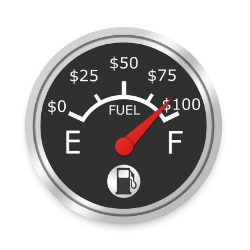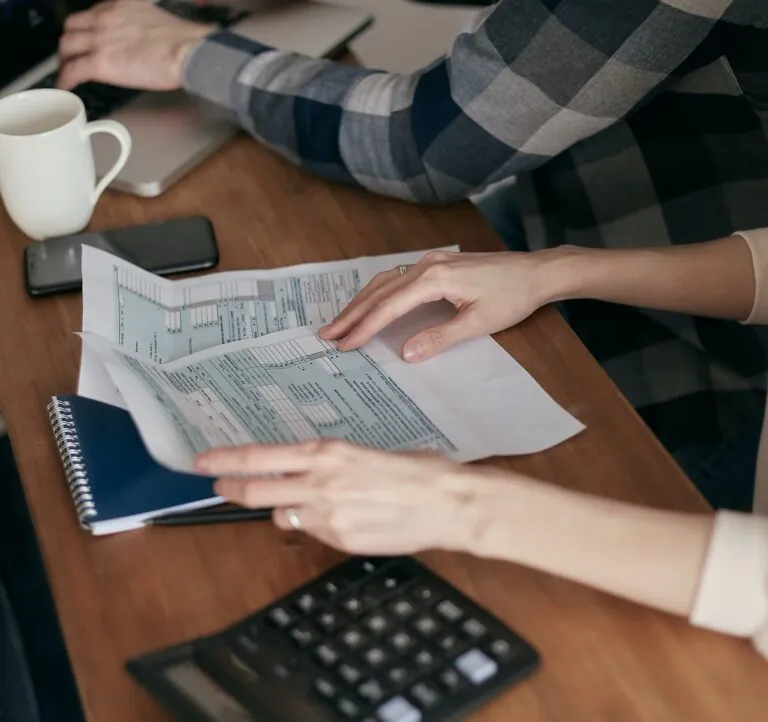I needed to make a quick trip to the grocery store on a recent evening. So, I got in my car, turned the key, flipped on the headlights, and started backing out of the garage. But I didn’t get very far before discovering that something wasn’t right. While my headlights worked fine, my dashboard lights did not. I couldn’t see the gas gauge or the speedometer.
So I put the trip on hold until I could figure out how to get the dashboard lights working again.
It’s difficult — and dangerous — to drive a car without knowing how much gas is in the tank or how fast you’re going. It can be equally challenging to drive your financial life without a financial dashboard — more commonly known as a budget.
A properly designed budget tells you how much money is in your financial tank and how quickly you’re moving toward your goals.
In our household, we use an online budget. To use it properly, you have to link it to your checking and credit card accounts, which may be a little scary in our age of rampant identity theft. However, most online budget tools use the same level of security used by most financial institutions. So, if you’re comfortable going online to check your account balances, you should be comfortable using an online budget tool.
And the benefits are many. It allows us to set monthly targets for all of our cash flow categories, including income, generosity, saving, investing, and spending. Then, because it’s online and linked to our checking and credit card accounts, it automatically captures all of our cash flow except our use of cash, which we can enter manually. You can even set it to automatically categorize some of your spending. For example, you can check a box, telling it that every time you spend money at Joe’s Finer Foods, categorize it as “groceries.”
Another big benefit to an online budget is being able to see where you stand financially any time and anywhere. We can be in the parking lot of a grocery store and, using our cell phone, quickly see how much of our grocery budget we have spent. If we’re close to our limit, we can put extra focus on only buying the essentials on our list. If we have some breathing room, we can buy some treats.
That’s a really important part of using a budget properly. It’s what I call managing to the number. Some people only look at their monthly spending at the end of each month. But by checking to see where you’re at in various categories throughout the month, you can be more proactive in staying within your budgeted amounts.
Glancing at the screen is like looking at the dashboard in our car. Seeing how much we have left in each budget category is similar to seeing how much gas is in our car. Comparing how much of our monthly budget we’ve spent to how far into the month we are is like seeing how fast we’re driving in our car in relation to the speed limit. Do we need to slow down? Can we speed up? Or are we going at just the right speed?
Sure, it takes a little time to set up a budget. But these Cash Flow Guidelines can help you decide how much you can afford to spend in each category based on your household size and income.
Have any questions about budgeting in general or using an online budget in particular? Leave a question in the comments section below.
Matt Bell is the author of Trusted: Preparing Your Kids for a Lifetime of God-Honoring Money Management. He speaks at churches and conferences throughout the country and writes the MattAboutMoney blog.
This article should not be considered legal, tax, or financial advice. You may wish to consult a tax or financial advisor about your individual financial situation.




